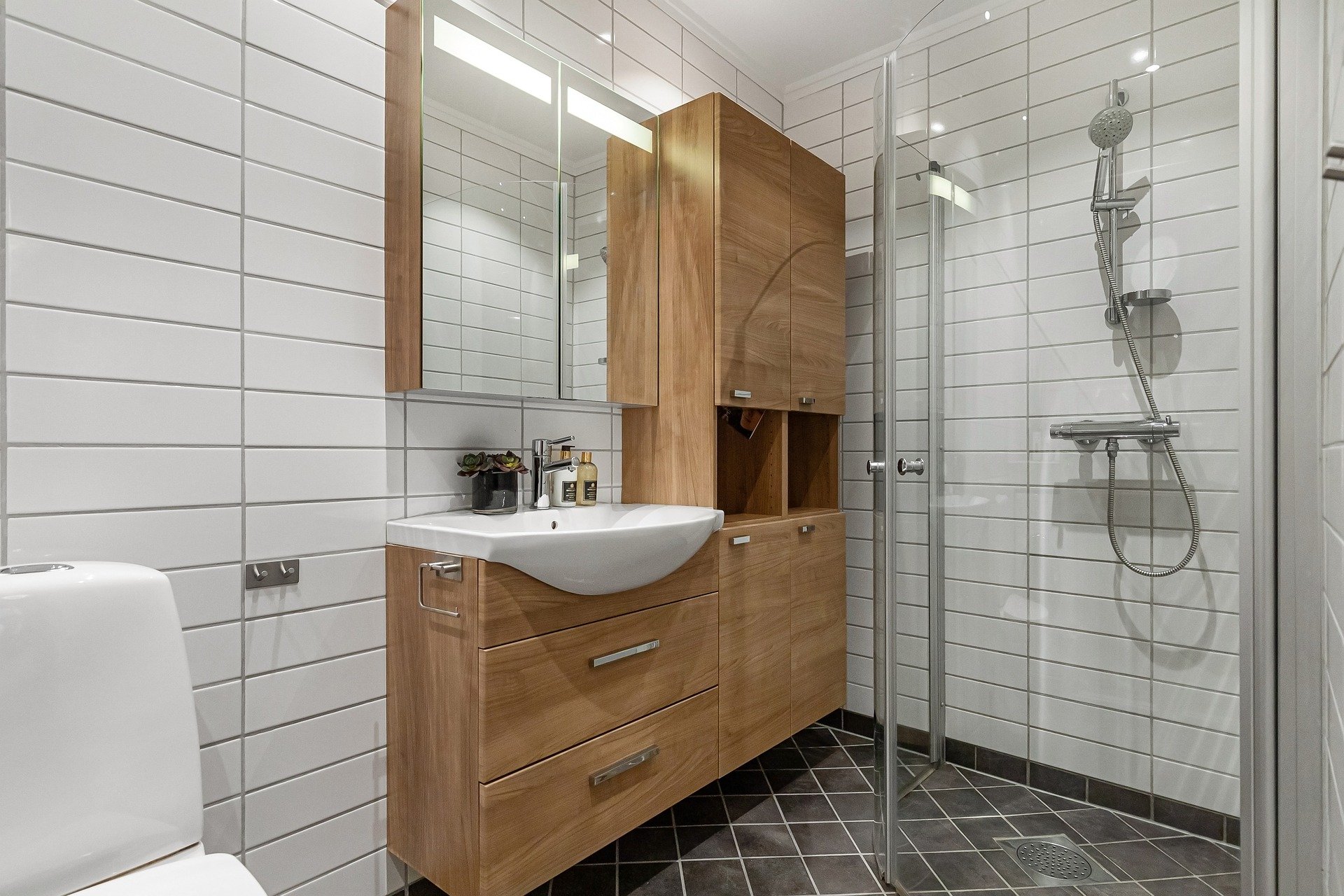Breaking Ground with Brutalist Home Design: A Bold Statement in Modern Living
The Brutalist architectural movement, once associated with stark, concrete structures, is making a daring comeback in home decor. This article takes a deep dive into the history and development of Brutalist design and its modern application in home spaces. We cover the latest trends, market insights, and practical applications of this bold and unique style.

An Unconventional Past: Brutalist Architecture
The Brutalist movement originated in the mid-20th century, characterized by raw, exposed materials, particularly concrete, and stark geometric forms. The term “Brutalism” derives from the French phrase “Betón Brut,” meaning raw concrete. Initially, it was a reaction against the perceived frivolity of the architecture of the time, aiming for an honest, functional approach. Brutalist buildings, often seen as cold and uninviting, were commonly used for institutional structures like government buildings and universities.
From Public to Personal: Brutalism in Home Decor
With time, the Brutalist aesthetic has found its way into the home decor realm. Today, homeowners and designers are incorporating Brutalist elements into their spaces, blending functionality with a bold, sculptural flair.
Current Trends: Embracing the Raw and Bold
Brutalist decor today is less about concrete and more about the raw and rugged spirit of the style. The use of distressed and raw materials, such as unpolished wood, is popular. A trend is to incorporate Brutalist features as statement pieces - think large, bold wall art or oversized furniture.
Market Insights: A Niche Appeal
Brutalist design appeals to a niche market of homeowners who appreciate its bold, unconventional appeal. This style has seen a recent surge in popularity, particularly among younger generations seeking to break away from conventional decor norms.
Practicality: Function Meets Aesthetic
Brutalism in home decor is not just about aesthetics; it’s also about functionality. The raw materials used are often durable and require minimal maintenance. The style’s bold forms can also serve practical purposes, such as using a large, geometric bookcase as a room divider.
The Brutalist movement, once confined to the realm of public buildings, is now making a grand entrance into home decor. This style, with its bold, raw aesthetic, offers a unique alternative to traditional home design, making a strong statement of individuality and artistic appreciation. It’s a reminder that design, in all its forms, is a dynamic and evolving art, continually challenging and redefining our notions of beauty and functionality.




